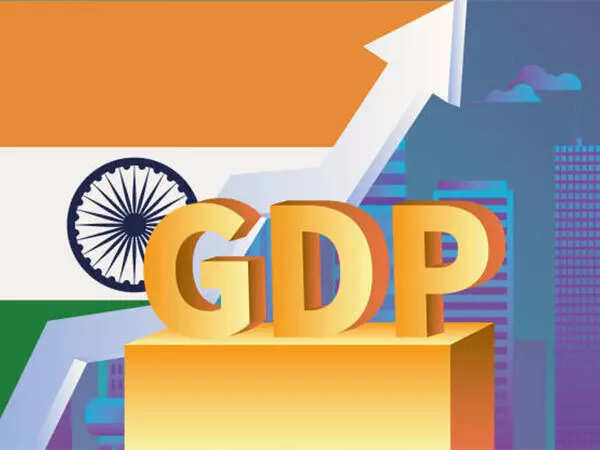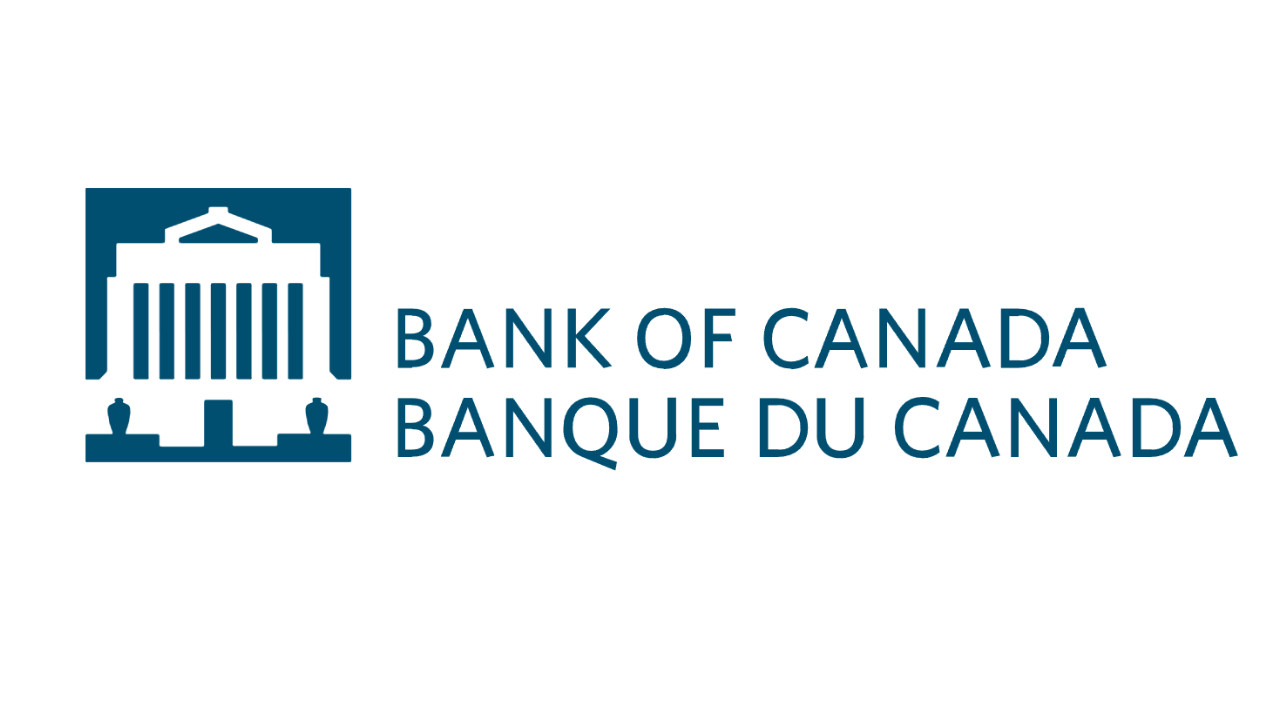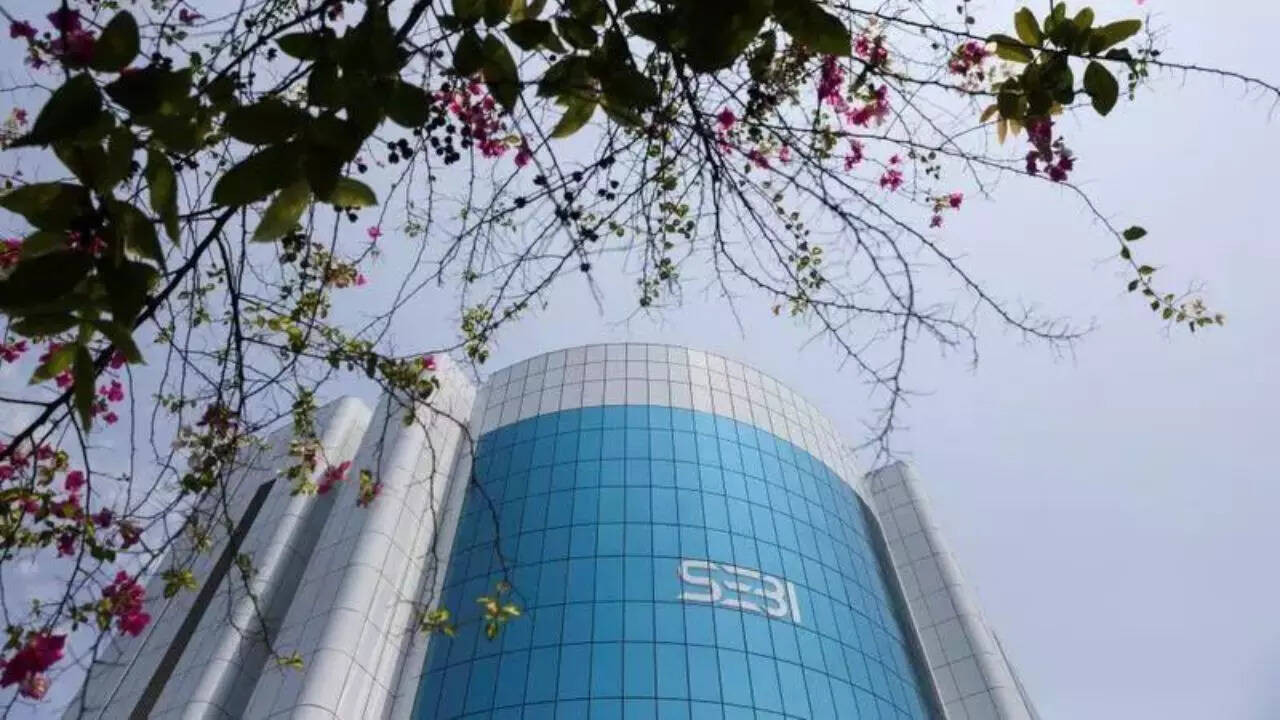S&P Global India Research indicates that despite global economic challenges, India’s long-term economic prospects remain robust, fueled by reforms and infrastructure development. The nation is projected to maintain a 6.5% GDP growth in fiscal 2025-26, driven by domestic strengths and increasing global trade participation. India is also poised for expansion in sectors like private credit, shipbuilding, and digital infrastructure.
India’s Growth Story: Why Optimism Persists Amidst Global Headwinds
The global economic landscape feels a bit like a turbulent flight these days, doesn’t it? Constant chatter about inflation, geopolitical instability, and slowing growth in major economies keeps everyone on edge. Yet, amidst this uncertainty, a sense of quiet confidence seems to be building around India’s economic trajectory.
S&P Global Ratings recently reaffirmed its GDP growth forecast for India, signaling a belief in the nation’s resilience. But what exactly is fueling this optimism? Is it just wishful thinking, or is there a solid foundation beneath the projections? Let’s delve into the key factors supporting India’s sustained economic momentum.
Decoding India’s Growth Resilience
Several intertwined elements are contributing to India’s ability to weather the global storm. First and foremost, domestic demand remains a powerful engine. Unlike economies heavily reliant on exports, India’s large and growing middle class is driving consumption across various sectors, from consumer goods to services. This internal dynamism provides a crucial buffer against external shocks.

Furthermore, the government’s sustained focus on infrastructure development is paying dividends. Massive investments in roads, railways, ports, and digital infrastructure are not only creating jobs but also improving connectivity and efficiency, making India a more attractive destination for both domestic and foreign investment. Think about the sheer scale of these projects – they’re laying the groundwork for long-term, sustainable economic growth.
Another critical factor is the ongoing digitalization of the Indian economy. The rapid adoption of digital technologies, particularly in the financial sector, is fostering greater transparency, efficiency, and financial inclusion. This digital revolution is empowering small businesses, connecting remote communities, and unlocking new opportunities for growth. Imagine the potential as more and more Indians gain access to digital tools and platforms.
Manufacturing Momentum and Investment Inflows
While domestic demand and infrastructure spending are key pillars, the resurgence of the manufacturing sector is adding another layer of strength to India’s growth story. Government initiatives like “Make in India” are aimed at boosting domestic production, attracting foreign investment in manufacturing, and creating a more competitive industrial base.
We’re seeing tangible evidence of this shift, with increased investment in sectors like electronics, automobiles, and renewable energy. This increased manufacturing activity not only creates jobs but also reduces reliance on imports, strengthening the country’s trade balance.
Foreign Direct Investment (FDI) continues to flow into India, a testament to the country’s long-term growth potential and improving business environment. Investors are attracted by India’s large market, skilled workforce, and favorable policy reforms. These investment inflows are crucial for funding infrastructure projects, supporting technological innovation, and driving overall economic expansion.
Navigating the Challenges Ahead
Of course, the Indian economy isn’t immune to global challenges. Rising inflation, supply chain disruptions, and geopolitical risks remain significant concerns. The Reserve Bank of India (RBI) is closely monitoring these developments and taking steps to manage inflation and maintain financial stability. It’s a delicate balancing act, requiring careful policy adjustments and proactive measures.
One area requiring particular attention is the need to further strengthen India’s export competitiveness. While domestic demand is robust, increasing exports will be crucial for sustained long-term growth and for reducing the country’s trade deficit. This requires continued efforts to improve infrastructure, reduce regulatory burdens, and promote innovation.
Another challenge lies in ensuring that the benefits of economic growth are shared more equitably across society. While India has made significant progress in reducing poverty, income inequality remains a concern. Addressing this requires targeted policies to promote education, skills development, and job creation in underserved communities. For related reading, check out our previous post on inclusive growth strategies.
A Promising Outlook for India’s GDP Growth
Despite the global uncertainties, the outlook for India’s growth remains promising. The country’s strong domestic fundamentals, coupled with ongoing policy reforms and infrastructure investments, are creating a favorable environment for sustained economic expansion. While challenges remain, India’s resilience and adaptability position it well to navigate the global headwinds and emerge as a leading economic power in the years to come. The underlying story is one of carefully managed optimism, propelled by internal demand and strategic investment in long-term growth.






